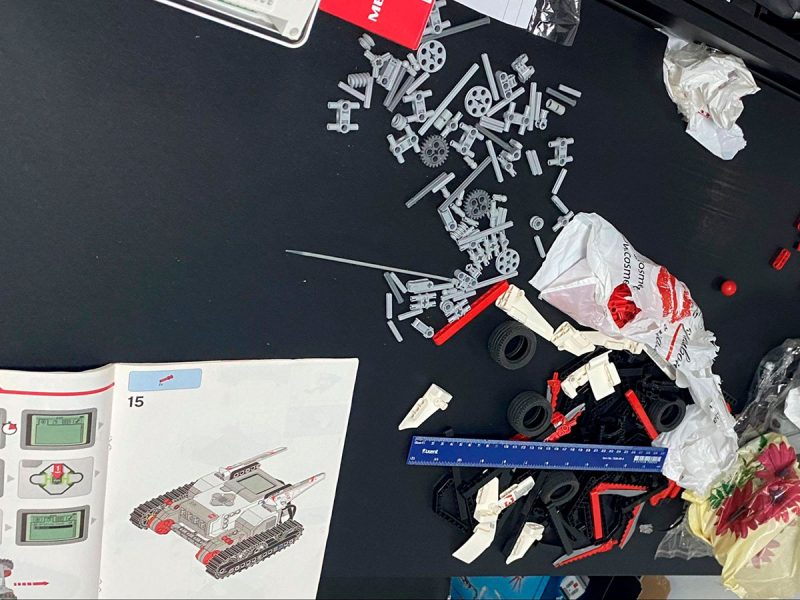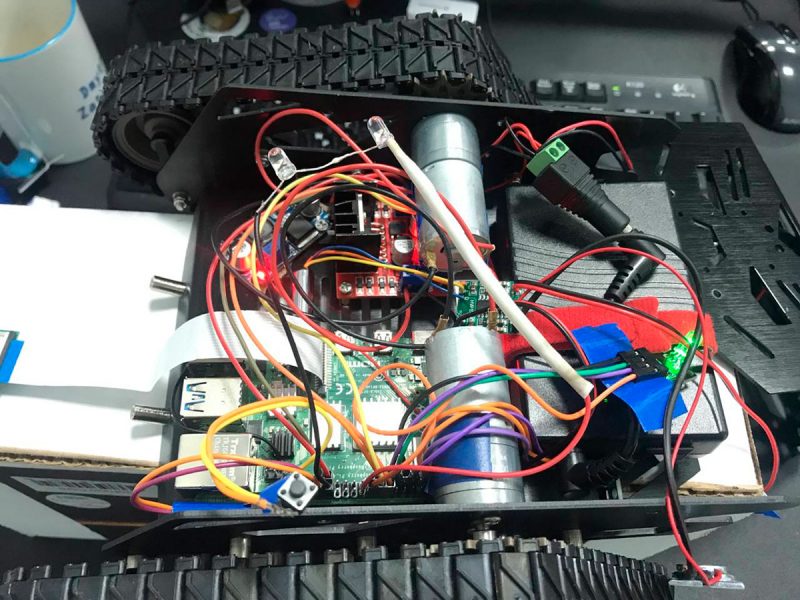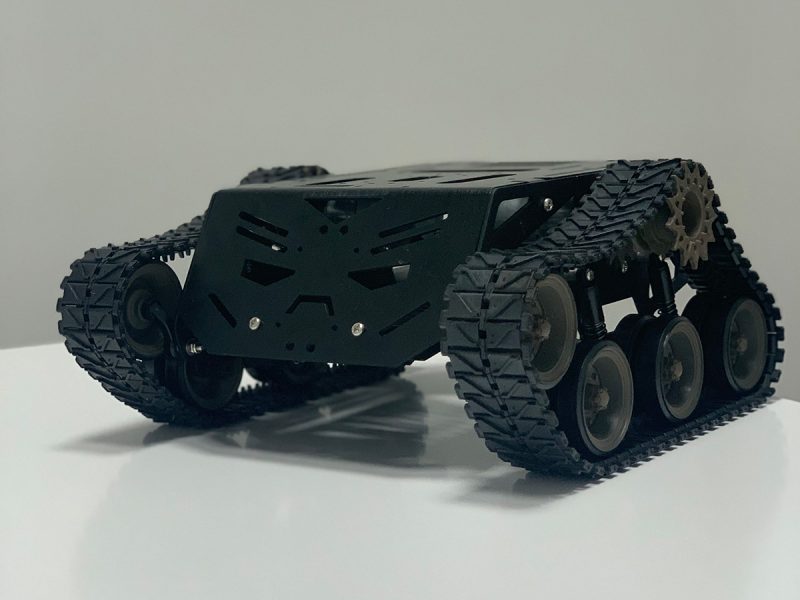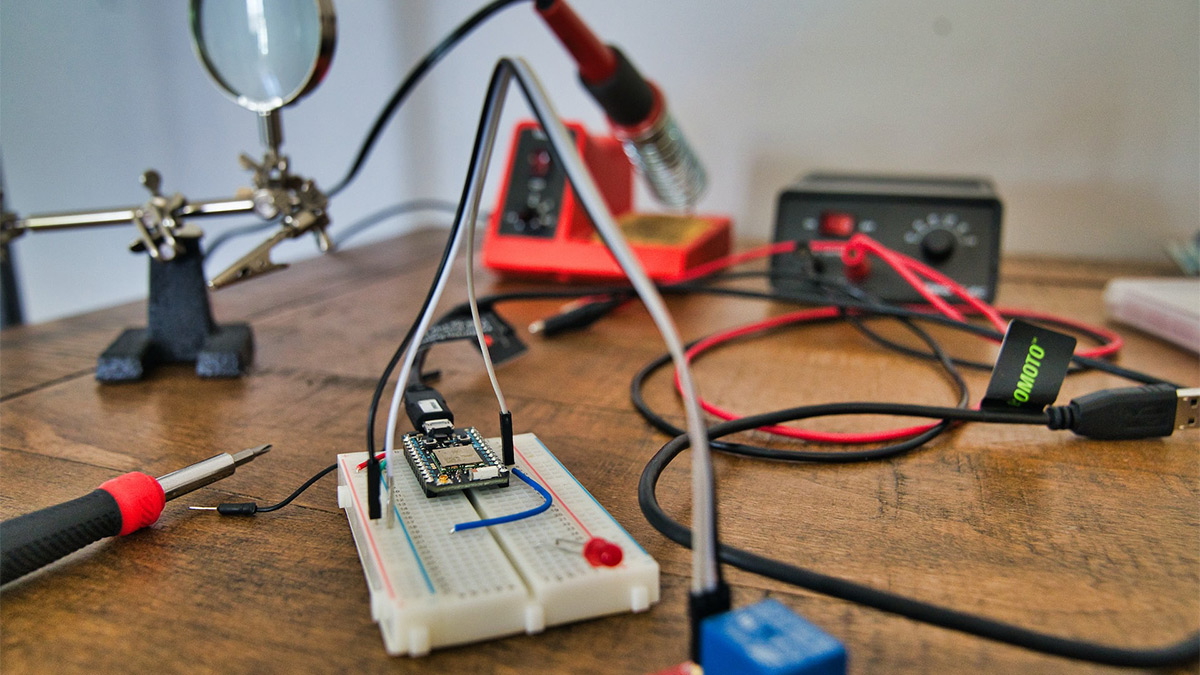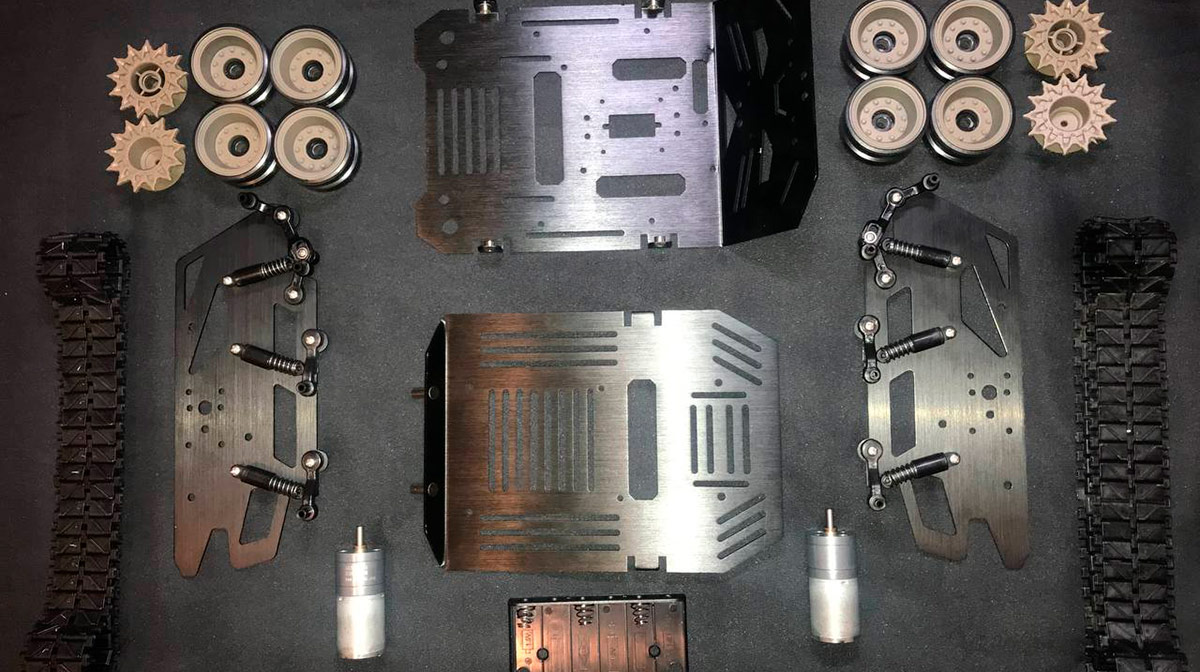Table of contents:
The inventor has to go a long way from the idea of a smart device to the appearance of the finished product on the store shelves. The 2Smart team has prepared a step-by-step roadmap for businesses planning smart electronic device production launches. Our roadmap consists of five stages, which are presented below.
Step 1: Concept Generation and Refinement
In fact, this stage is purely marketing and has little to do with prototyping and testing the device. However, we do not recommend ignoring it or doing it carelessly. At the stage of the final formulation of the device concept, successful manufacturers lay the foundation for the market success of their product.
Concept Generation
In order for your product to succeed in the market, it is crucial to formulate its concept correctly. Usually, the idea for a new product is born when we find some critical point.
An excellent example of finding a critical point is the story of the birth of Dropbox cloud file hosting. Drew Houston forgot to take a flash drive on the road and was upset when he found himself face-to-face with an empty laptop. At that moment, he felt people’s pain in such situations and began to think about the solution that Dropbox became as a result.
Similarly, ideas for new electronic devices are born, and the benefit of the Internet of Things inspires us to think far beyond the horizons that were available to engineers 15 years ago. For example, the critical point for many pet owners is that their pets are left alone at home for hours, and someone has to feed them. Petcube devices respond to this request by allowing pet owners not only to feed dogs and cats remotely but also to communicate and even play with them. Without the capabilities of the Internet of Things technology, such a device would be unthinkable.
However, defining the critical point is not enough. You need to go a long way to devise a solution to a problem that will succeed. And we recommend not forgetting about such a crucial stage as clarifying the concept.
Focus on finding a few effective solutions. Carefully consider the needs of your future customers and think about alternative options. Remember that not all of your ideas will be successful, and that’s okay. In case the main idea fails, you need a plan B.
User Modeling
You must know your target audience very well. Create a detailed portrait of a future buyer of your device. Divide people into several groups according to categories that are critical to your product, such as age, gender, educational level, socioeconomic status, political views, etc. Once you’ve identified these groups, work through user scenarios for each of them. By doing so, you will be able to explore the possible value of your smart device for real users.
Market Research
Carefully research the market niche you are planning to enter with your product. Determine your future competitors, and identify their strengths and weaknesses. Pay attention to all their features: price, design, manufacturer’s business model, etc.
At this stage, conducting an external and internal SWOT analysis and studying market trends is necessary. If you have found a complete analog of your product, try to find an option in which you will not compete in one niche or think about a different positioning of your device.
Design
When it comes to design, you should definitely be a perfectionist. For today’s users, all the little things that make up the appearance of a product are essential, namely color, shape, and composition. Even the material from which the device is made matters.
If your product is intended to be touched by users frequently (for example, it is a wearable device), try to make the tactile experience pleasant. Then users will wait for the moment of interaction and tell others about their positive experience.
Concept Refinement
At this point, you should have a clear value proposition for your customers, which will form the basis for defining the characteristics of your electronic device. Perhaps it will be seriously different from your ideas before the Concept Generation and Refinement stage. It only means that you have faithfully passed this stage and now have a more accurate understanding of where your product will take on the market!
Step 2: Proposal Preparation
The task that you need to solve at this stage is the representation of the minimum viable product (MVP) that will be used in the next steps of design and production.
At this point, your research on the device’s design will not be relevant yet. The minimum viable product does not have to be similar to the final product – it is not a visual prototype. Instead, hardware, firmware, and software are paramount for smart device prototypes. Their bundle is the essence of your invention.
Do not lose sight of the fact that you need to decide on the choice of IoT platform already at this stage before you start creating an MVP. Depending on the chosen platform, your team or developers on the side of the platform will be involved in creating device firmware. In any case, these processes should run in parallel.
The 2Smart team knows from experience that, at this stage, there may be unobvious difficulties related to the compatibility of firmware and hardware. One of these challenges and proposed solutions are described in the MyBox Charging Stations Solution Development case. Our customer developed the hardware, while 2Smart specialists developed the firmware. The version of the ESP32 microcontroller chosen by the hardware developers did not support the mode required by our idea. Using a suitable version of the microcontroller helped solve the problems. The likelihood of such situations should always be considered.
Is the minimum viable product proven to be effective and workable? You are awesome! You are now ready to start drafting a Product Requirements Document (PRD) that will contain all the functional specifications for the MVP.
It can be a relatively short document, but you should describe the following:
- Product Purpose: Who are your customers, what are their problems and use cases.
- Features: Clear specifications and requirements are explained in sufficient detail for the team to understand them.
- Release Criteria: A list of valid minimum requirements for a final product release.
- Schedule: Realistic timelines for each milestone and completion of the project.
Let’s collaborate
We’re empower your business with our technology expertise
Step 3: A ‘Looks-Like, Works-Like’ Prototype
It’s time to turn your minimum viable product into a prototype that’s as close as possible to the device you’re going to put on the electronics store shelves. Such a prototype is needed, among other things, to demonstrate it to investors and potential buyers.
The Looks-Like Prototype should illustrate the overall size, shape, and key aspects of UX (user experience). If you create such a prototype in its purest form, it does not even have to be working. It can be a plaster or cardboard mock-up. However, we advise combining it with the Works-Like Prototype, so in most cases, the body must be 3D printed.
The Works-Like Prototype fulfills the basic functions of the final product and, when combined with a design close to that of the final product, gives an idea of what the final device will be like.
At this stage, we also recommend that you analyze how difficult it will be to mass-produce the device in your design and internal layout. Sometimes you can save a lot of money if you make small changes in design and construction, as a result of which production will cost less.
Step 4: Testing and Refinement
At this point, we recommend two or three design iterations worthy of mass production. You need to go through the three steps of engineering validation, which are described below.
EVT or Engineering Validation and Testing
An EVT build is an iteration of an engineering prototype that meets all the functional requirements for the product, i.e., the test results of this build must comply with the PRD.
The device must be fully functional and suitable for testing. The prototype must be made from materials intended for the final product. You should also test your equipment PCB for thermal, power, and electromagnetic loads.
DVT or Design Validation and Testing
At this point, the hardware is complete, and your goal is to check how well your product meets the cosmetics and environment requirements.
Also, at this stage, you should know which contract manufacturer will provide you with mass production. It would be best if you started interacting with the manufacturer to ensure that they meet all your requirements and consistently deliver high-quality devices.
Small test batches of your product, which the manufacturer will produce, must be tested under real stress. We are talking about falling from a height, incineration, dust-water resistance test, etc.
Finally, at this stage, you should ensure that your device is ready for certification and complies with the standards of the countries where you plan to sell it.
PVT or Production Validation and Testing
At this point, you need to test the production processes you will develop in the EVT and DVT steps. A pilot production line needs to be run to ensure that none of its steps fail. If the PVT result is successful, you can proceed to mass production.
Step 5: Mass Production
The launch of mass production and the first sales are no reason to stop developing a product! To perfect your device, continue testing your product at a high sampling rate for at least the first six months and implement ongoing reliability testing programs.
When convinced of the consistently high quality that the manufacturer provides, you can increase the production volumes of devices to the planned ones.
Don't forget to share this post!
Read Next
Let’s dive into your case
Share with us your business idea and expectations about the software or additional services.

